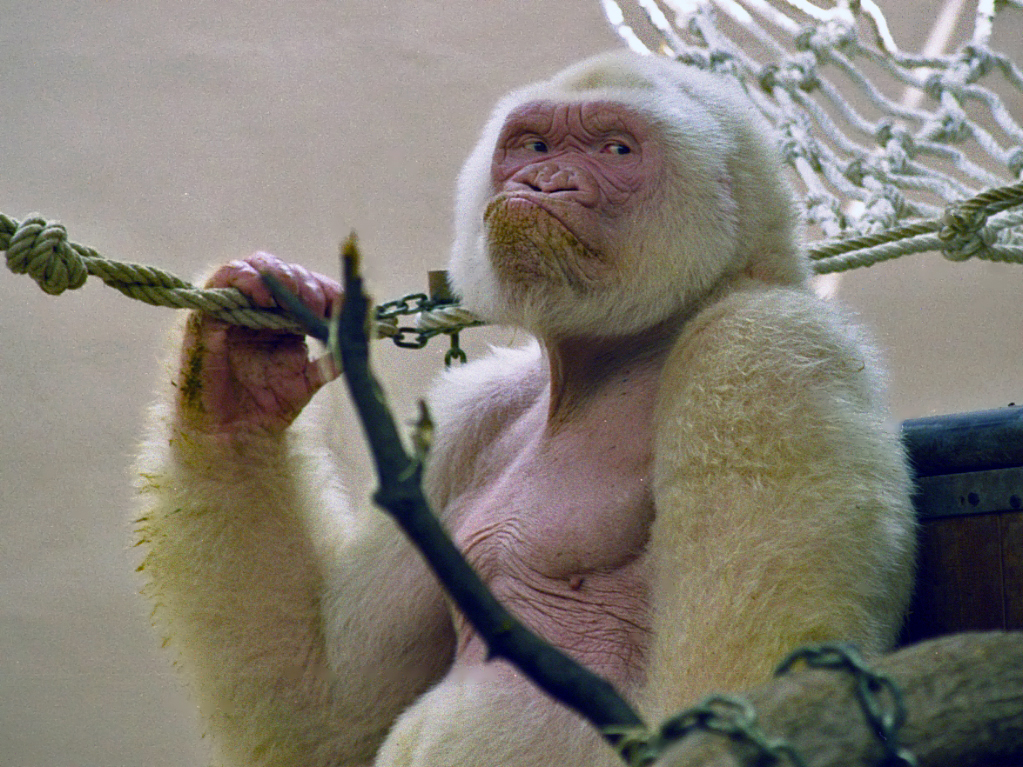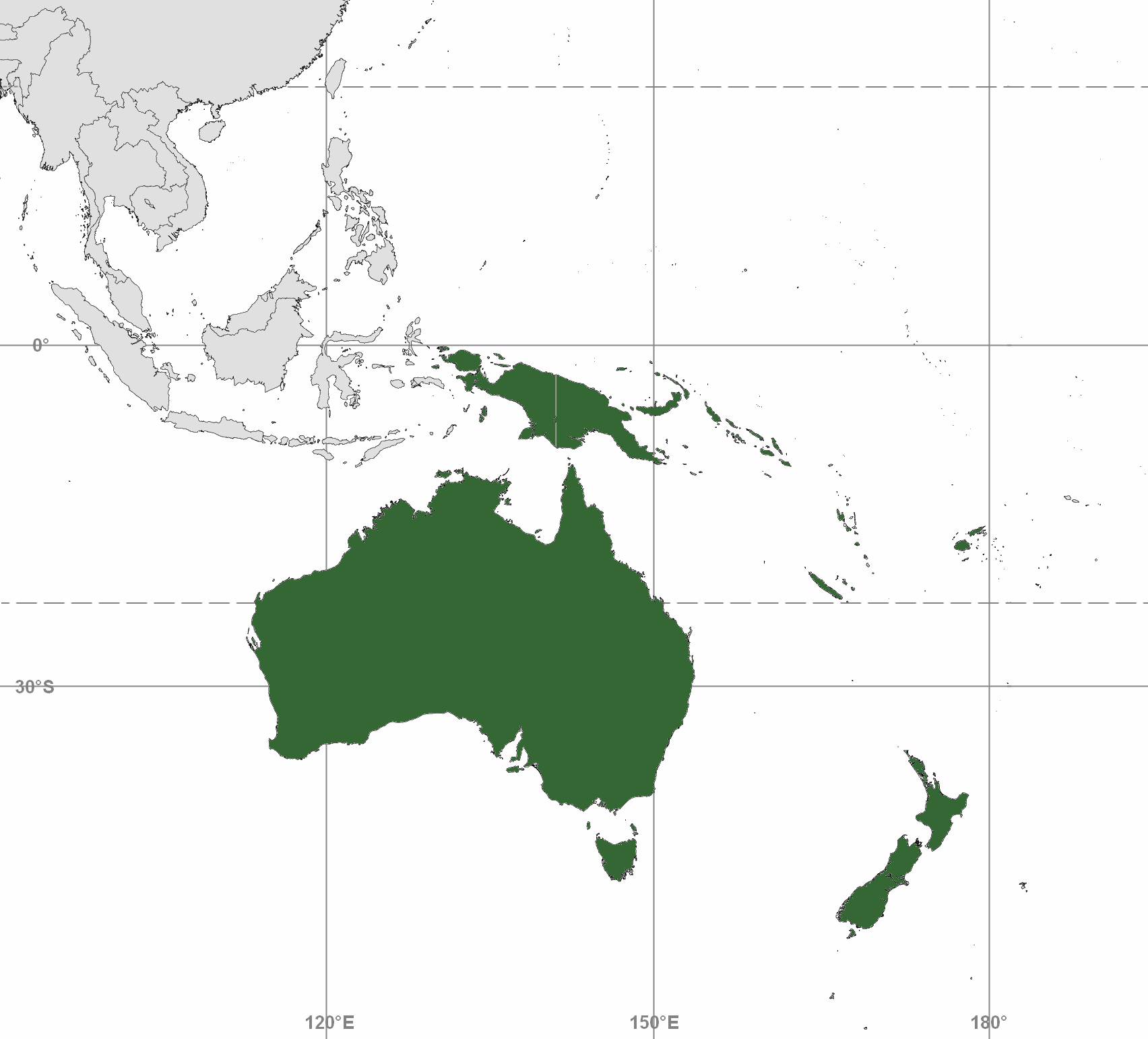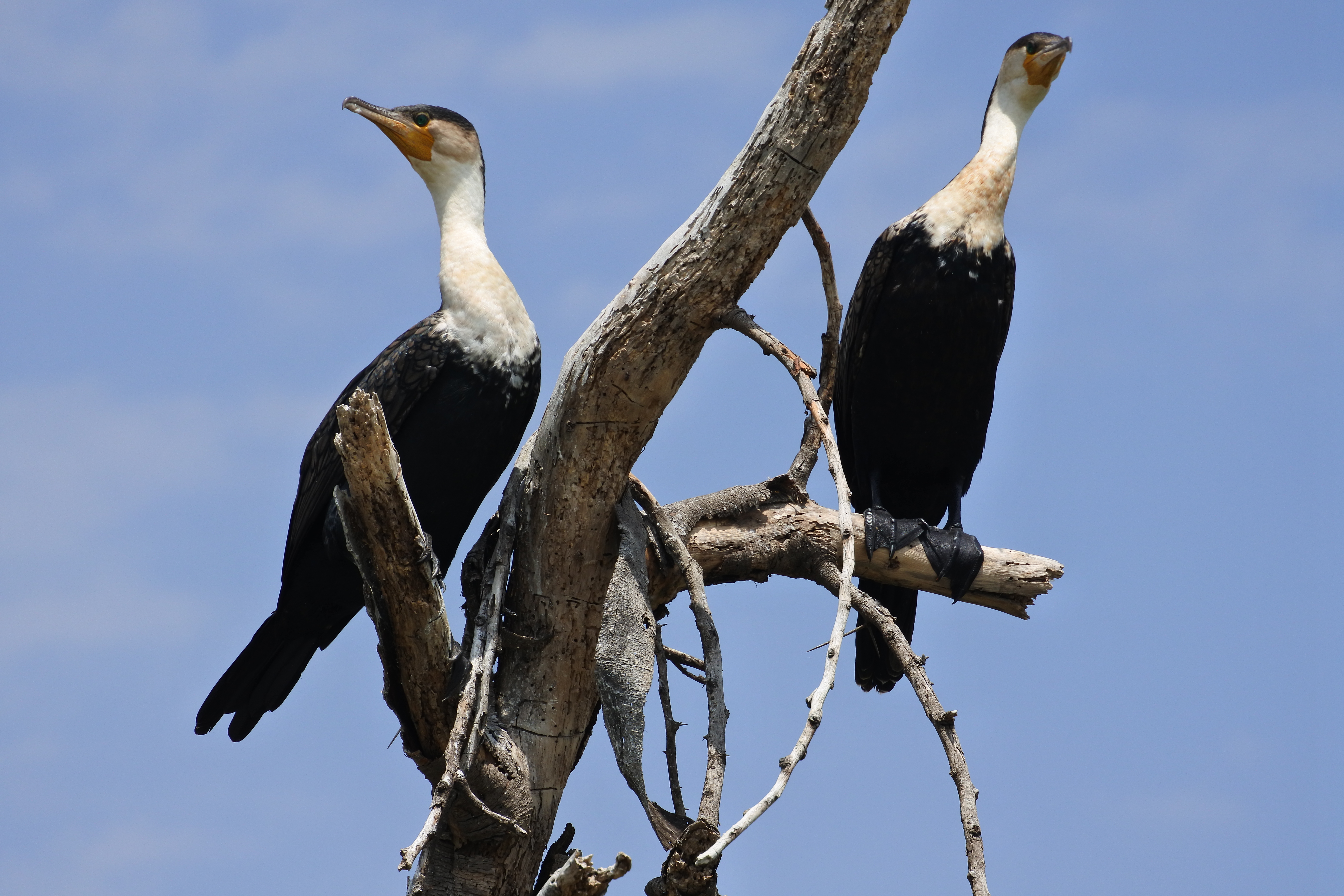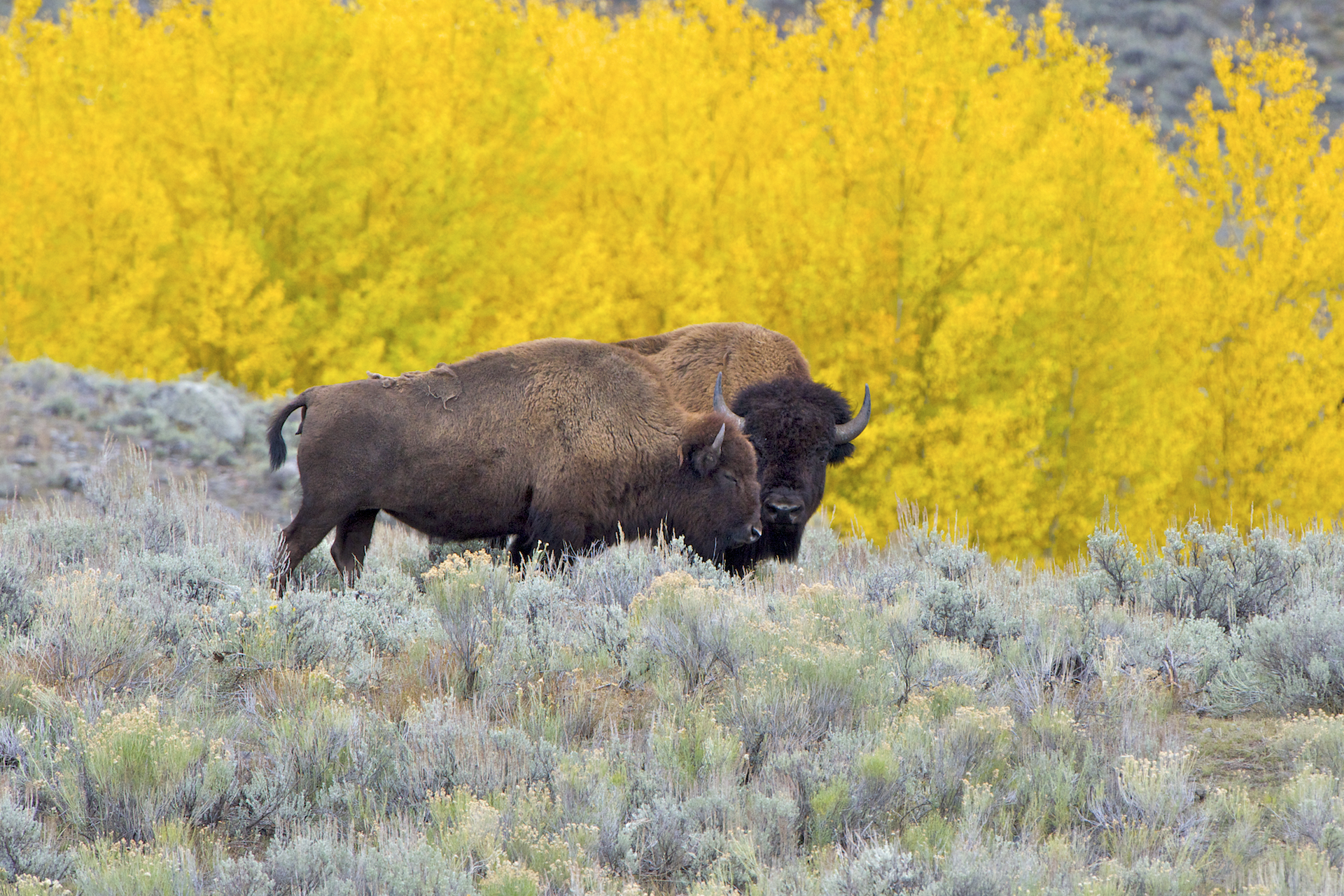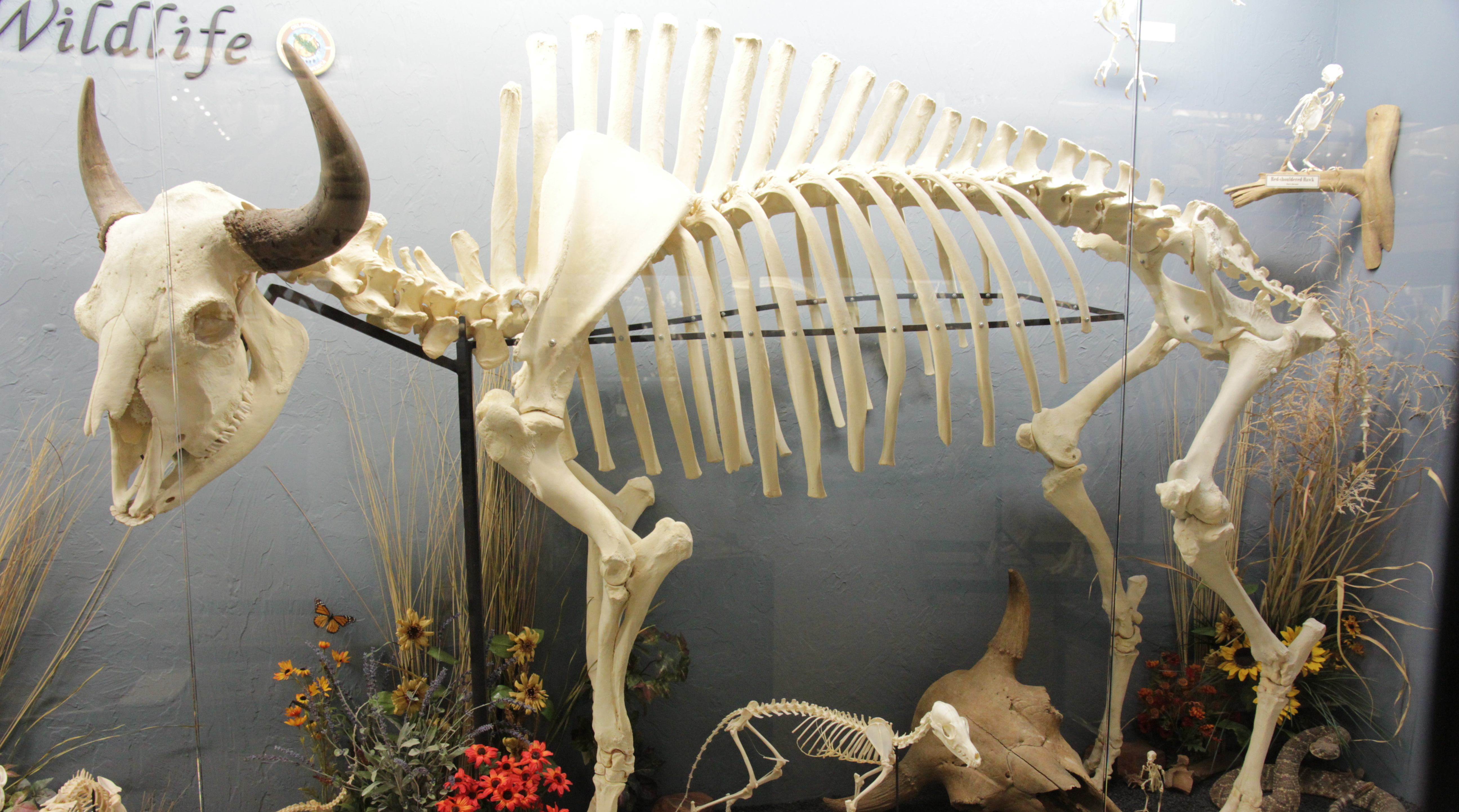|
Trinomial Nomenclature
In biology, trinomial nomenclature is the system of names for taxa below the rank of species. These names have three parts. The usage is different in zoology and botany. In zoology In zoological nomenclature, a trinomen (), trinominal name, or ternary name is the name of a subspecies. A trinomen is a name with three parts: generic name, specific name and subspecific name. The first two parts alone form the binomen or species name. All three names are typeset in italics, and only the first letter of the generic name is capitalised. No indicator of rank is included: in zoology, subspecies is the only rank below that of species. For example: "''Buteo jamaicensis borealis'' is one of the subspecies of the red-tailed hawk (''Buteo jamaicensis'')." Examples include ''Gorilla gorilla gorilla'' ( Savage and Wyman, 1847) for the western lowland gorilla and ''Gorilla gorilla diehli'' ( Matschie, 1903) for the Cross River gorilla (which are subspecies of ''Gorilla gorilla'', the ... [...More Info...] [...Related Items...] OR: [Wikipedia] [Google] [Baidu] |
Taxon
In biology, a taxon (back-formation from ''taxonomy''; : taxa) is a group of one or more populations of an organism or organisms seen by taxonomists to form a unit. Although neither is required, a taxon is usually known by a particular name and given a particular ranking, especially if and when it is accepted or becomes established. It is very common, however, for taxonomists to remain at odds over what belongs to a taxon and the criteria used for inclusion, especially in the context of rank-based (" Linnaean") nomenclature (much less so under phylogenetic nomenclature). If a taxon is given a formal scientific name, its use is then governed by one of the nomenclature codes specifying which scientific name is correct for a particular grouping. Initial attempts at classifying and ordering organisms (plants and animals) were presumably set forth in prehistoric times by hunter-gatherers, as suggested by the fairly sophisticated folk taxonomies. Much later, Aristotle, and later st ... [...More Info...] [...Related Items...] OR: [Wikipedia] [Google] [Baidu] |
Western Lowland Gorilla
The western lowland gorilla (''Gorilla gorilla gorilla'') is one of two Critically Endangered subspecies of the western gorilla (''Gorilla gorilla'') that lives in Montane ecosystems#Montane forests, montane, Old-growth forest, primary and secondary forest, secondary forest and lowland swampland in central Africa in Angola (Cabinda Province), Cameroon, Central African Republic, Republic of the Congo, Democratic Republic of the Congo, Equatorial Guinea and Gabon. It is the nominate subspecies of the western gorilla, and the smallest of the four gorilla subspecies. The western lowland gorilla is the only subspecies kept in zoos with the exception of Amahoro (gorilla), Amahoro, a female eastern lowland gorilla at Antwerp Zoo, and a few mountain gorillas kept captive in the Democratic Republic of the Congo. Description The western lowland gorilla is the smallest subspecies of gorilla but still has exceptional size and strength. This species of gorillas exhibits pronounced sexual ... [...More Info...] [...Related Items...] OR: [Wikipedia] [Google] [Baidu] |
Australasia
Australasia is a subregion of Oceania, comprising Australia, New Zealand (overlapping with Polynesia), and sometimes including New Guinea and surrounding islands (overlapping with Melanesia). The term is used in a number of different contexts, including geopolitically, physiogeographically, philologically, and ecologically, where the term covers several slightly different but related regions. Derivation and definitions Charles de Brosses coined the term (as French ''Australasie'') in ''Histoire des navigations aux terres australes'' (1756). He derived it from the Latin for "south of Asia" and differentiated the area from Polynesia (to the east) and the southeast Pacific ( Magellanica). In the late 19th century, the term Australasia was used in reference to the "Australasian colonies". In this sense it related specifically to the British colonies south of Asia: New South Wales, Queensland, South Australia, Tasmania, Western Australia, Victoria (i.e., the Australian colon ... [...More Info...] [...Related Items...] OR: [Wikipedia] [Google] [Baidu] |
New Holland (Australia)
''New Holland'' () is a historical European name for mainland Australia, Janszoon voyage of 1605–1606, first encountered by Europeans in 1606, by Dutch navigator Willem Janszoon aboard . The name was first applied to Australia in 1644 by the Dutch people, Dutch seafarer Abel Tasman, and for a time came to be applied in most European maps to the vaunted "Southern land" or ''Terra Australis'' even after its coastline was finally explored. The continent of Antarctica, later named in the 1890s, was still in largely speculative form; it resumed the name (sometimes suffixed , ). Its existence had been speculated on in some maps since the 5th century, under the theory of "balancing hemispheres". Lieutenant James Cook, during his First voyage of James Cook, first voyage of discovery, claimed the eastern portion of the Australian continent for the British Crown in 1770, naming it New South Wales. The British settlement of Sydney as a colony in 1788 prompted Britain to formally cl ... [...More Info...] [...Related Items...] OR: [Wikipedia] [Google] [Baidu] |
James Francis Stephens
James Francis Stephens (16 September 1792 – 22 December 1852) was an England, English entomologist and naturalist. He is known for his 12 volume ''Illustrations of British Entomology'' (1846) and the ''Manual of British Beetles'' (1839). Early life Stephens was born in Shoreham-by-Sea and studied at Christ's Hospital. His father was a navy captain William James Stephens (d. 1799) and his mother was Mary Peck (later Mrs Dallinger). He went to school at the Blue Coat School, Hertford and later at Christ's Hospital, London. He was then sent to study under Shute Barrington (1734–1826), the bishop of Durham in 1800. He left in 1807 and worked as a clerk in the Admiralty office, Somerset House, from 1807 to 1845 thanks to his uncle Admiral Stephens. Entomology Stephens took an interest in natural history even as a schoolboy. He wrote a manuscript ''Catalogue of British Animals'' in 1808. He was elected fellow of the Linnean Society on 17 February 1815, and of the Zoological S ... [...More Info...] [...Related Items...] OR: [Wikipedia] [Google] [Baidu] |
Great Cormorant
The great cormorant (''Phalacrocorax carbo''), also known as just cormorant in Britain, as black shag or kawau in New Zealand, formerly also known as the great black cormorant across the Northern Hemisphere, the black cormorant in Australia, and the large cormorant in India, is a widespread member of the cormorant family of seabirds. It breeds in much of the Old World, Australasia, and the Atlantic coast of North America. Taxonomy The great cormorant was formally described in 1758 by the Swedish naturalist Carl Linnaeus in the tenth edition of his ''Systema Naturae'' under the binomial name ''Pelecanus carbo''. Linnaeus specified the type location as "Europe", but this was restricted to the "rock-nesting form of the north Atlantic Ocean" by the German ornithologist Ernst Hartert in 1920. The great cormorant is now one of 12 species placed in the genus '' Phalacrocorax'' that was introduced in 1760 by the French zoologist Mathurin Jacques Brisson. The genus name is Latinised Anc ... [...More Info...] [...Related Items...] OR: [Wikipedia] [Google] [Baidu] |
Taxonomy (biology)
In biology, taxonomy () is the science, scientific study of naming, defining (Circumscription (taxonomy), circumscribing) and classifying groups of biological organisms based on shared characteristics. Organisms are grouped into taxon, taxa (singular: taxon), and these groups are given a taxonomic rank; groups of a given rank can be aggregated to form a more inclusive group of higher rank, thus creating a taxonomic hierarchy. The principal ranks in modern use are domain (biology), domain, kingdom (biology), kingdom, phylum (''division'' is sometimes used in botany in place of ''phylum''), class (biology), class, order (biology), order, family (biology), family, genus, and species. The Swedish botanist Carl Linnaeus is regarded as the founder of the current system of taxonomy, having developed a ranked system known as Linnaean taxonomy for categorizing organisms. With advances in the theory, data and analytical technology of biological systematics, the Linnaean system has transfo ... [...More Info...] [...Related Items...] OR: [Wikipedia] [Google] [Baidu] |
American Bison
The American bison (''Bison bison''; : ''bison''), commonly known as the American buffalo, or simply buffalo (not to be confused with Bubalina, true buffalo), is a species of bison that is endemic species, endemic (or native) to North America. It is one of two extant species of bison, along with the European bison. Its habitat, historical range ''circa'' 9000 BC is referred to as the great bison belt, a tract of rich grassland spanning from Alaska south to the Gulf of Mexico, and east to the Atlantic Seaboard (nearly to the Atlantic tidewater (geographic term), tidewater in some areas), as far north as New York (state), New York, south to Georgia (U.S. state), Georgia, and according to some sources, further south to northern Florida, with sightings in North Carolina near Buffalo Ford on the Catawba River as late as 1750. Two subspecies or ecotypes have been described: the plains bison (''B. b. bison''), smaller and with a more rounded hump; and the wood bison (''B. b. athabascae ... [...More Info...] [...Related Items...] OR: [Wikipedia] [Google] [Baidu] |
Wood Bison
The wood bison (''Bison bison athabascae'') or mountain bison (often called the wood buffalo or mountain buffalo), and Athabaskan bison (or Athabaskan buffalo), is a distinct northern subspecies or ecotype of the American bison. Its original range included much of the boreal forest regions of Alaska, Yukon, western Northwest Territories, northeastern British Columbia, northern Alberta, and northwestern Saskatchewan.Wood Bison Restoration in Alaska Alaska Department of Fish & Game, Division of Wildlife Conservation Name The term "buffalo" is considered to be a for this animal, as it is only distantly related to either of the two "true buffalo", the |
Plains Bison
The plains bison (''Bison bison bison'') is one of two subspecies/ecotypes of the American bison, the other being the wood bison (''B. b. athabascae''). A natural population of plains bison survives in Yellowstone National Park (the Yellowstone Park bison herd consisting of an estimated 4,800 bison). Multiple smaller reintroduced herds of bison in many ranges within the midwestern and western United States (including Alaska, but not Hawaii) as well as southern portions of the Canadian Prairies. Near extinction and reintroduction At least 25 million American bison were once spread across the United States and Canada, but by the late 1880s, the Bison hunting#19th-century bison hunts and near-extinction, total number of bison in the United States had been reduced to fewer than 600, most of which lived on private ranches. The last known free-roaming population of bison consisted of fewer than 30 in the area that later became Yellowstone National Park. Although farmers and ranchers c ... [...More Info...] [...Related Items...] OR: [Wikipedia] [Google] [Baidu] |
Carl Linnaeus
Carl Linnaeus (23 May 1707 – 10 January 1778), also known after ennoblement in 1761 as Carl von Linné,#Blunt, Blunt (2004), p. 171. was a Swedish biologist and physician who formalised binomial nomenclature, the modern system of naming organisms. He is known as the "father of modern Taxonomy (biology), taxonomy". Many of his writings were in Latin; his name is rendered in Latin as and, after his 1761 ennoblement, as . Linnaeus was the son of a curate and was born in Råshult, in the countryside of Småland, southern Sweden. He received most of his higher education at Uppsala University and began giving lectures in botany there in 1730. He lived abroad between 1735 and 1738, where he studied and also published the first edition of his ' in the Netherlands. He then returned to Sweden where he became professor of medicine and botany at Uppsala. In the 1740s, he was sent on several journeys through Sweden to find and classify plants and animals. In the 1750s and 1760s, he co ... [...More Info...] [...Related Items...] OR: [Wikipedia] [Google] [Baidu] |
Western Gorilla
The western gorilla (''Gorilla gorilla'') is a great ape found in Africa, one of two species of the hominid genus ''Gorilla''. Large and robust with males weighing around , the species is found in a region of midwest Africa, geographically isolated from the eastern gorilla (''Gorilla beringei''). The hair of the western species is significantly lighter in color. The western gorilla is the second largest living primate after the eastern gorilla. Two subspecies are recognised: the western lowland gorilla (''Gorilla gorilla gorilla'') is found in most of West Africa; while the Cross River gorilla (''Gorilla gorilla diehli'') is limited to a smaller range in the north at the border of Cameroon and Nigeria. Both subspecies are listed Critically Endangered. Taxonomy A formal description of the species was provided by Thomas Savage in 1847, allying the new species to an earlier description of the chimpanzee as ''Troglodytes gorilla'' in a group of eastern simians he referred to a ... [...More Info...] [...Related Items...] OR: [Wikipedia] [Google] [Baidu] |

